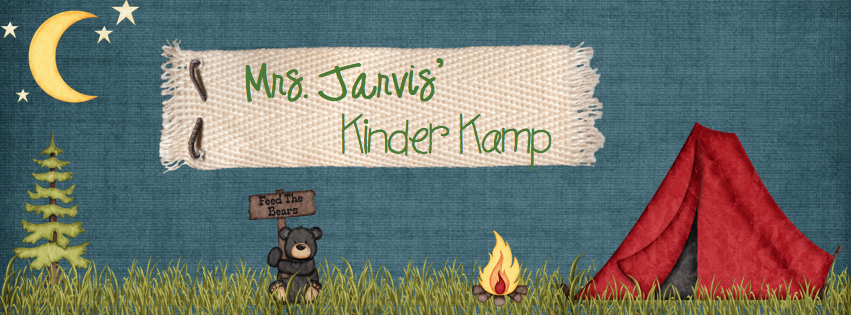When I introduce the Daily 5, I always begin with Read to Self. It is suggested first in the book to introduce, but year after year, I also feel that it's just a good fit to introduce first. When I bring out the book baskets and display a sampling of the most popular books (David Shannon, Mo Willems, Dr. Seuss, books about animals, etc) they can not wait to get their tiny hands on them!
The first day, we discuss the purpose for reading books. The most common responses from my students are "to get smart" and "to learn", which are fantastic responses! I also let them know about why I read books- because it's fun! I share with them my love for reading, how I imagine myself as the main character and picking new books is like picking my own new adventure! I also tell them it's like watching a great movie, but with a lot more secrets and detail that movies do not have time to share- they get excited about this!
Once we have set our purpose, we then discuss how to read books. When I say this, I always see most of the students beginning to look nervous, as if they're wondering how long it will be before I figure out that they can not yet read. The first way to read is to "Read the pictures". When I tell them this, some of their nervous looks turn to confusion, as if wondering why I would say reading pictures when you read words!
I begin modeling this by choosing a book with with very obvious pictures (such as No David! or David Goes to School) and telling the story simply by discussing the pictures. I also ask for student input when "reading" the pictures. I find any way possible to find evidence from the pictures to support their "reading", to increase their confidence!
The next way to "read" is to retell the story. I usually do this with a well known story, such as the Three Little Pigs. I have a bookshelf specifically for "Books we have read together." Students may select books from their to go in their bags (more on that in a bit) to retell. When I model this story, it's much like reading the pictures, except with a little more detail because we have heard the words in the story before.
The final way to read is the most obvious, which is to read the words. I should students our baskets labeled A-C, which are early reading levels and suggest they try 1-2 of these a week and look for words they may know while they're reading the pictures. I also emphasize that it is OKAY if you can not read the words yet, this is not an expectation yet and we will learn how to read this year! After this presentation (usually spanning two days), students seem much more at ease in "reading".
The Daily 5 authors suggest choosing student's first set of books, but I allow my students to choose their own right from the start. We talk about how the tags on the baskets indicate what type of books are in the basket and why choosing "Good-Fit" books are important and the most fun to read!
Students choose five books the first week and store them in their colorful bags (picture at the top of the collage- the brown tags on them are actually "photo stickers" covering names!) I purchased them from Really Good Stuff about five years ago and they have held up very well for daily, continuous use- I have not had to replace one yet!
The first couple of days practicing Read to Self are trying. Students usually make it about 2 minutes before someone is not following directions and everyone is redirected back to the carpet. This may seem tedious, it certainly feels that way, but after a few days they make it longer. And then within a week or so they're easily up to 10 minutes of read to self time with no redirections! We celebrate our success with a stamina graph! Each day we chart how many minutes we were successfully independent. Each time we celebrate, I share I few things I saw that I liked and ask students to share things they felt were especially successful for them.
Below is a picture of a few of the anchor charts I use to introduce and review Read to Self.
Do you implement the Daily 5 in your class? If so, what grade do you teach and how do you feel about introducing Read to Self?
Coming soon: Read to Someone



